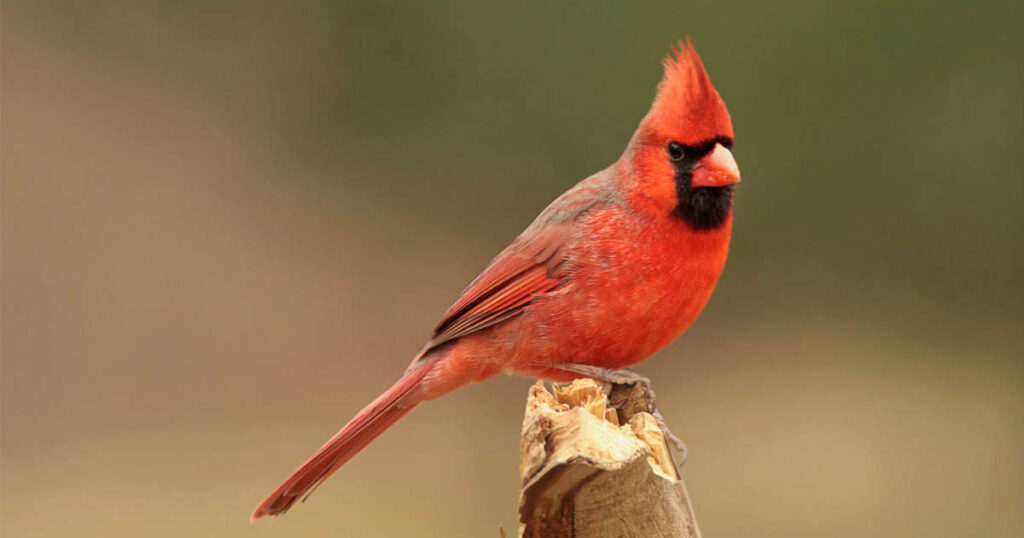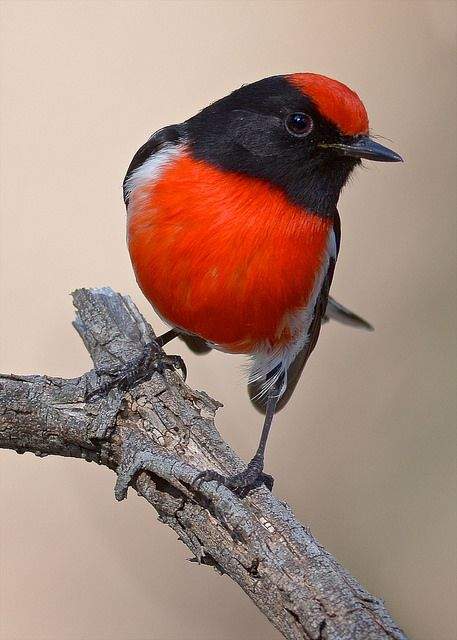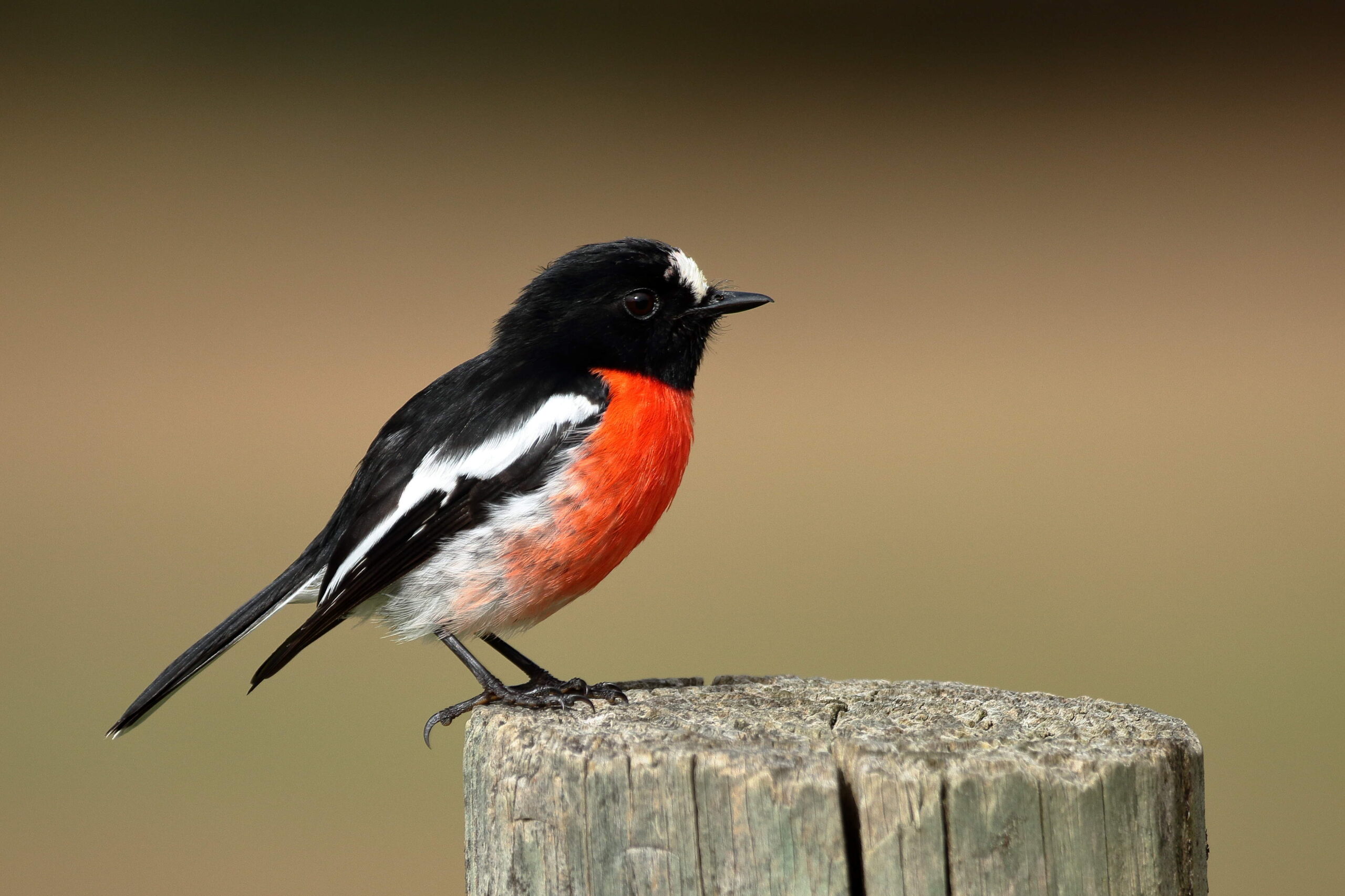Birdwatching is a wonderful hobby that brings us closer to nature. Among the many birds we can spot, the Red Robin and the Cardinal are two of the most popular. Both are strikingly beautiful, but they have distinct differences. Let’s explore these two fascinating birds.
Physical Appearance
| Feature | Red Robin | Cardinal |
|---|---|---|
| Size | Medium (9-11 inches) | Medium (8-9 inches) |
| Color (Male) | Bright orange-red breast, gray-brown back | Vivid red all over |
| Color (Female) | Duller with light orange breast, brownish back | Light brown with red tinges |
| Beak | Yellow or orange | Bright orange |
| Distinctive Features | White around eyes, black head | Crested head, black face mask around beak |

Habitat and Range
| Aspect | Red Robin | Cardinal |
|---|---|---|
| Range | North America, especially in Canada and the US | Eastern US, parts of Central America, Mexico |
| Habitat | Gardens, woodlands, cities | Woodlands, gardens, swamps |
| Nesting Sites | Trees, shrubs | Trees, shrubs, low vegetation |
Behavior and Diet
| Aspect | Red Robin | Cardinal |
|---|---|---|
| Diet | Insects, fruits, berries | Seeds, fruits, insects |
| Song | Cheerful, melodious, varied tunes | Clear, whistling notes, often repetitive |
| Social Behavior | Often seen alone or in pairs | Often seen in pairs or small groups |
| Migration | Partial migrator, some travel in winter | Non-migratory, stays in the same area year-round |

Fun Facts
- Red Robin: These birds are known for their early morning songs. They are one of the first birds to start singing at dawn.
- Cardinal: The male cardinal fiercely defends its territory. During the breeding season, it may attack its reflection in windows, thinking it is another male intruding.
FAQs
What are the differences between the sounds of red robins and cardinals?
Red robins and cardinals have distinct vocalizations. The red robin’s song is a series of melodious whistles and phrases, often described as cheerful and varied. In contrast, the cardinal’s song consists of a series of clear, repetitive whistles, with common patterns like “cheer-cheer-cheer” or “birdie-birdie-birdie.” Both birds use their songs for communication and marking territory, but their distinct sounds make it easy to differentiate between them.
What happens if a red robin and a cardinal fight?
Fights between red robins and cardinals are rare, as they usually avoid direct confrontation. However, if they do clash, it is typically over food or territory. Cardinals, being more territorial, might be more aggressive, but the outcome of such a fight depends on various factors, including size, strength, and determination of the individual birds involved.
How do the sizes of red robins and cardinals compare?
Red robins and cardinals are relatively similar in size, but there are differences. An average red robin measures about 10 inches in length with a wingspan of 12-16 inches. Cardinals, on the other hand, are slightly smaller, with a length of about 8-9 inches and a wingspan of 10-12 inches. Despite their similar sizes, cardinals are generally stockier with a more robust build compared to the sleeker red robin.
What are the differences between cardinals and red jays?
Cardinals and red jays are different species with notable differences. Cardinals, specifically the Northern Cardinal, are known for their vibrant red plumage and distinctive crest on their heads. Red jays, often a colloquial term for certain jay species with reddish hues, differ in both appearance and behavior. Jays, including those with some red coloration, tend to be more boisterous and aggressive compared to the more reserved cardinals.
Can you provide pictures of robins and cardinals?
Sure! Here’s a brief description of each:
Red Robin: Typically has a warm orange-red breast, grayish-brown back, and a white lower belly. The head is usually black with white markings around the eyes.
Cardinal: Male cardinals are bright red all over with a black mask around the face, while females are pale brown with warm reddish tinges and a less prominent black mask.
For visual reference, you can search for images of “American Robin” and “Northern Cardinal.”
How can you tell the difference between a female cardinal and a robin?
Female cardinals and robins have distinct appearances. Female cardinals are pale brown with warm reddish tinges on the wings, tail, and crest, and they have a black mask around their beaks. Female robins, on the other hand, have a more muted coloration with a brownish back, a lighter orange breast, and a white lower belly. The robin’s head is also less pronounced in markings compared to the cardinal’s.
What is the meaning behind seeing a cardinal or red robin?
Seeing a cardinal or red robin often holds symbolic meaning. Cardinals are frequently associated with messages from loved ones who have passed away, symbolizing comfort and assurance. They are also seen as symbols of vitality, renewal, and loyalty. Red robins are often linked to new beginnings and joy, as their appearance heralds the arrival of spring. In many cultures, robins are also seen as a sign of good luck and happiness.
How can you tell the difference between a female cardinal and a robin?
Female cardinals and robins have distinct appearances. Female cardinals are pale brown with warm reddish tinges on the wings, tail, and crest, and they have a black mask around their beaks. Female robins, on the other hand, have a more muted coloration with a brownish back, a lighter orange breast, and a white lower belly. The robin’s head is also less pronounced in markings compared to the cardinal’s.
What is a red cardinal?
A red cardinal, specifically the Northern Cardinal, is a bird known for its striking red plumage in males and its distinctive crest. Females are more subdued in color but still possess the same elegant crest. Cardinals are common in North and South America and are admired for their bright appearance and beautiful songs.
What is the meaning behind seeing a cardinal or red robin?
Seeing a cardinal or red robin often holds symbolic meaning. Cardinals are frequently associated with messages from loved ones who have passed away, symbolizing comfort and assurance. They are also seen as symbols of vitality, renewal, and loyalty. Red robins are often linked to new beginnings and joy, as their appearance heralds the arrival of spring. In many cultures, robins are also seen as a sign of good luck and happiness.
Conclusion
The Red Robin and the Cardinal are both captivating birds with unique characteristics. While the Red Robin is known for its beautiful songs and early morning presence, the Cardinal stands out with its vibrant red color and territorial behavior. Observing these birds can bring a lot of joy and a deeper appreciation for nature’s diversity.
Whether you’re an experienced birdwatcher or just starting, keep an eye out for these lovely birds in your backyard or local park. They are sure to add a splash of color and music to your day!




